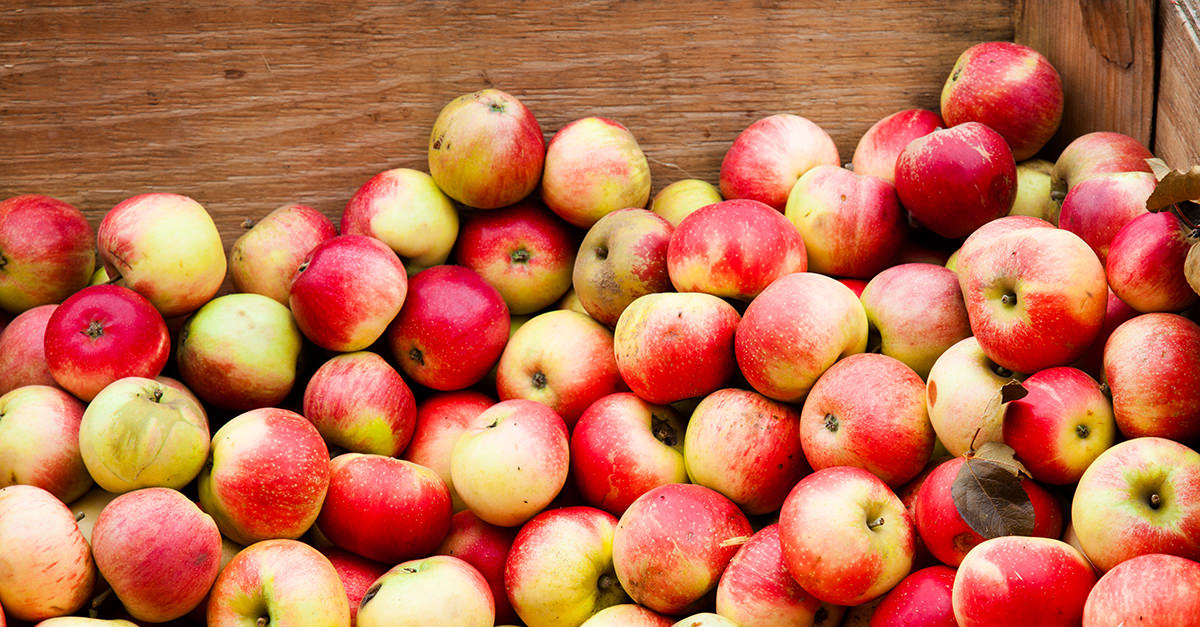Cider has history. In fact, beer may be more popular generally, but there’s a chance cider is actually older: imagine how little it would take for an apple to fall off the tree, begin rotting, and have some ambient yeast stop by to feast on sugars and ferment alcohol. Boom: hands-free cider, ready to drink.
Of course, the first known evidence of intentionally fermented cider is from around 55 B.C., when Romans marched into Kent, England, and found the locals fermenting the juice of apples into alcoholic beverage. Which is, basically, the definition of cider: while the term “cider” might refer to the juice of any pressed fruit, “hard cider” (which we often just call “cider”) most commonly refers to the fermented juice of pressed apples (or pears).
And it’s been that way for centuries. In England, there were recorded references to specific “cider” apple varieties by the 13th and 14th centuries (the Normans had brought a few into the mix in their 1066 conquest). Nor the cider lovin’ didn’t stop there—it even travelled to Colonial America (where, to be fair, Native Americans had been fermenting the stuff from crabapples for a while). It’s easy to understand why cider has been so historically popular. Like beer, cider provided a safe alternative to previously unsafe drinking water. And unlike beer, cider can be produced without heat, which would be required to create the wort in beer brewing. That meant anyone with some apples and time could have cider.
And while it dropped off in popularity in the U.S. for a time (give or take a century or two, thanks to factors ranging from Temperance to industrialization to the introduction of, you guessed it, beer), the modern craft beer movement has inspired a similar resurgence in the world of cider.
Modern cider production hasn’t changed very much, either, although yeast is obviously isolated and cultivated for fermentation. And while cider apples are categorized differently from region to region, that categorization is always based on a few key elements: sugar content, acidity, and tannin levels. See, unlike a supermarket apple (think Red Delicious or Granny Smith) traditional cider apples are practically inedible—sour, bitter, astringent, depending on the type. But the high tannins that might make a bittersharp cider apple rough for chomping make it delicious for drinking.
Not that all hard ciders are the same. European ciders are made from apple orchards with centuries more history, and cider-specific history, resulting in finer, dryer (low sugar) ciders. American apple production is geared far more toward sweet, bland (for cider) supermarket varieties, which is why certain American ciders lack the complexity and depth of their European cousins. But the market is catching up, with craft cider production doing everything it can to incorporate tannins, body, and a balanced acidity to American cider, and even some breweries going so far as to incorporate hops (a questionable, certainly not traditional, choice).
European (especially Spanish, French, and English) ciders are the way to go for dry and earthy flavor, while American ciders are often a bit sweeter. When in doubt, it never hurts to ask, or taste.
